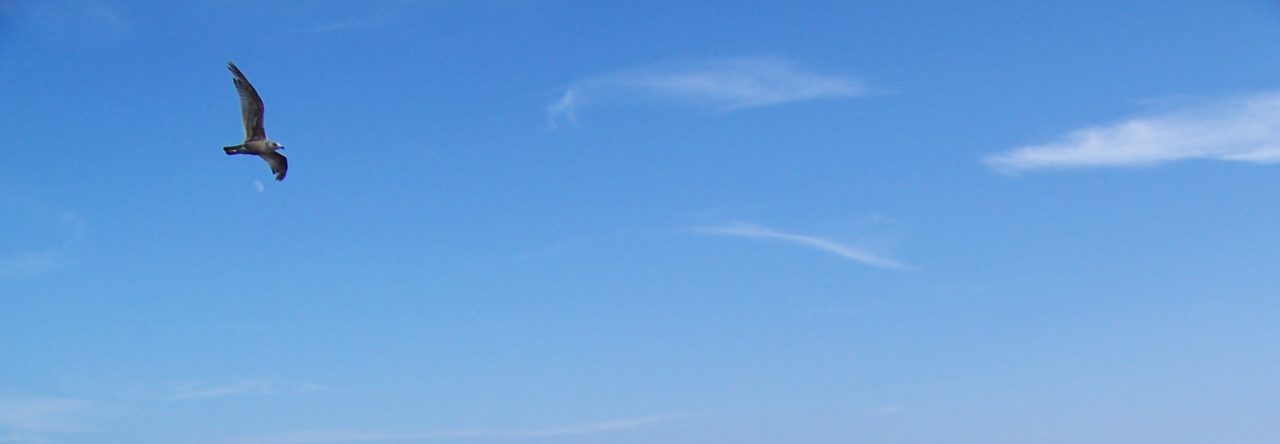
After the crazy traffic in Rome and the hustle and bustle of Florence, the charm of the canals and the lack of vehicular traffic in Venice was a welcome change. We stayed at the Hotel Giorgione near the Ca’d’Oro vaporetto stop and easy walking distance to Realto and other areas.
The churches and the art were very different from what we had seen in Rome and Florence. From my novice art perspective, I thought much of it was dark and heavy. A good example is the Scuola Grande di San Rocco, which is a lay confraternity, that highlights the works of Tintoretto, among others.

Scuola Grande di San Rocco

Interior of Scuola Grande di San Rocco

Ceiling

Lights and Chairs – Main Floor
Another church we visited was the Basilica di Santa Maria Gloriosa dei Frari, which is a Franciscan cathedral. The exterior is plain, but the interior has artworks from a number of different artists, as well as various tombs. The highlight for me was the painting above the altar called the Assumption of the Virgin by Titian.

Frari Cathedral interior – see the painting peeking through the altar partition.

The Assumption of the Virgin by Titian (1518)
You can’t go to Venice without taking a gondola ride. Traveling down the small canals and then into the Grand Canal in a gondola gives you a whole different perspective of the city. The weather was quite cloudy, but still pleasant on the water.

Under a bridge


Entry door on the canal

Entering the Grand Canal

In the Grand Canal

In the Grand Canal
One of the most crowded areas was Piazza San Marco. Take the time to go into the Basilica di San Marco. No pictures are allowed, but note the altar piece. The front is quite plain, but the back side, which can be rotated to face out, is a magnificent jeweled and gold piece. There’s a story behind it, but I won’t ruin the surprise for you.

Basilica di San Marco

The Dock at San Marco
The Doge’s Palace is interesting. It is the residence of the Doge, but also includes various institutional chambers, prison cells, and a wonderful balcony that overlooks the piazza and gives a great view of the St. Mark’s Clock Tower. It’s quite a show then the clock rings, so don’t miss it.

The Square from the balcony of the Doge’s Palace

The Clock Tower from the balcony of the Doge’s Palace
One of the lesser known museums we visited was the Guggeneheim Collection. This is the collection of Peggy Guggeneheim that resides in what was her home in Venice. In addition, the exhibits include several other acquisitions. It features artists in Cubism, Futurism, Metaphysical Painting, and American Abstract Expressionism, among others.
Let’s take a pictorial walk around Venice.

First glimpse of Venice from the train station

One of the many bridges

Masks

More Masks

Even more masks

Canal

Fire Department

Realto Market

Realto Market

Beautiful Glass

Everything comes in by boat

Wooden Bridge
One of the highlights of my trip was the afternoon I spent in Burano with two friends. Far removed from the crowds of Venice, this laid back island was not only beautiful with all its brilliant colors, but a great place to recharge.

Bicycle in Burano

Burano

Colorful houses – Burano

Burano – Near the ice cream shop

Burano
Water Taxi to the airport and back to reality!

Water taxi back to the airport (early morning)



















































